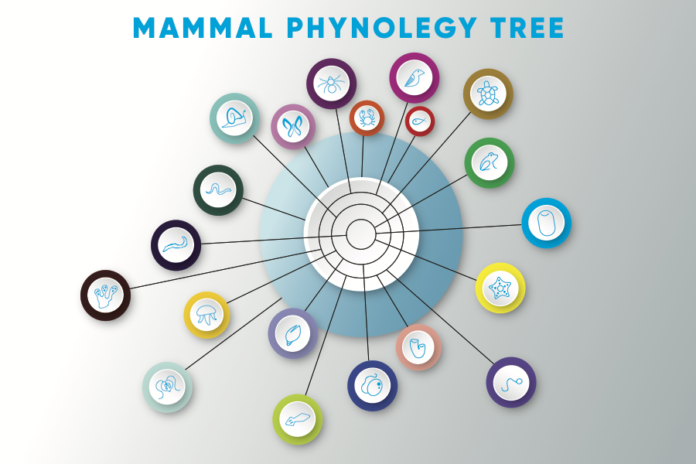The project, which compares these mammals’ genomes, allows researchers to create a clearer evolutionary timeline
By KATIE HELLMAN — science@theaggie.org
According to a recent issue from the journal Science, a project called the Zoonomia Consortium was able to shed new light on the evolution of mammals by comparing the genomes of 240 modern species.
“Genomics can provide insight into the evolution and generation of important genetic variation and morphological traits,” the article reads. “Further, because humans are also mammals, understanding genetic variation across species can provide insight into not just our own evolutionary history but also our health.”
The Broad Institute at Massachusetts Institute of Technology and Harvard University lead the Zoonomia Consortium. The project is directly affiliated with UC Davis’s Earth BioGenome Project, which strives to sequence the DNA of all eukaryotes — which are organisms whose cells have a nucleus, including all animals, plants and fungi. Recently, the researchers pinpointed regions of genomes that appeared to be the most similar, spanning millions of years of evolution.
Kerstin Lindblad-Toh, scientific director of vertebrate genomics at the Broad Institute and a professor of comparative genomics at Uppsala University in Sweden, commented on the applications of the collected data.
“Looking at the amount of variation in a genome can help predict risk of extinction,” Lindblad-Toh said via email. “Constraint (if a letter [or nucleotide in the DNA] has stayed the same for 100 million years, it is probably doing something) can help us understand common diseases such as schizophrenia and diabetes and cancer.”
A question that the Zoonomia Consortium strives to answer is whether placental mammals, which are characterized by the presence of a placenta and make up the majority of mammals, evolved before or after the Cretaceous-Tertiary mass extinction that killed off the dinosaurs. Researchers have constructed a molecular clock by connecting dates to ancestors of mammal groups in order to better understand these lineages.
“We want to look at many more primates [using this molecular clock] so that we can understand human evolution and disease even better,” Lindblad-Toh said.
The clock has shown that mammals began to diversify prior to the Cretaceous-Tertiary mass extinction, as continental drift caused many species to relocate. They also began to diversify immediately after the dinosaur extinction, which caused resources to become more readily available and is partially responsible for the broad diversity of species that populate the planet today.
“Positions [in the genome] that have stayed the same across most or all of the mammalian species sampled — spanning roughly 100 million years of evolutionary time — likely serve some important function, and hence could cause disease if changed by mutation,” the Zoonomia Consortium’s website reads. “Data from the Zoonomia project will therefore allow us to not only advance human medicine but also to support the health and conservation of species from across the mammalian tree.”
Written by: Katie Hellman — science@theaggie.org





